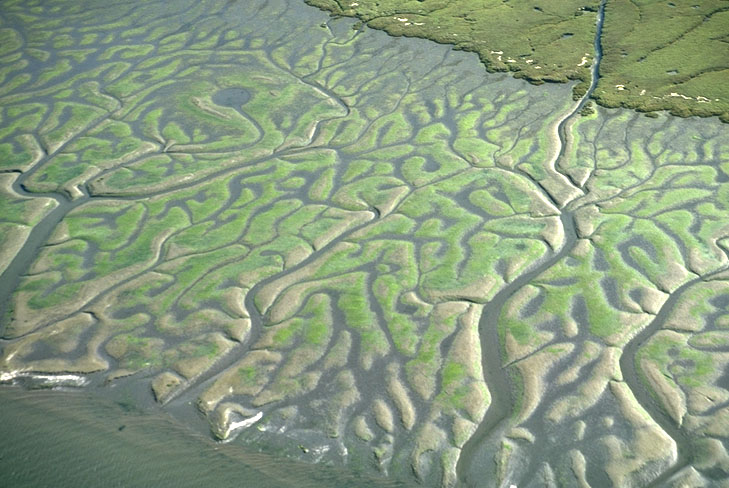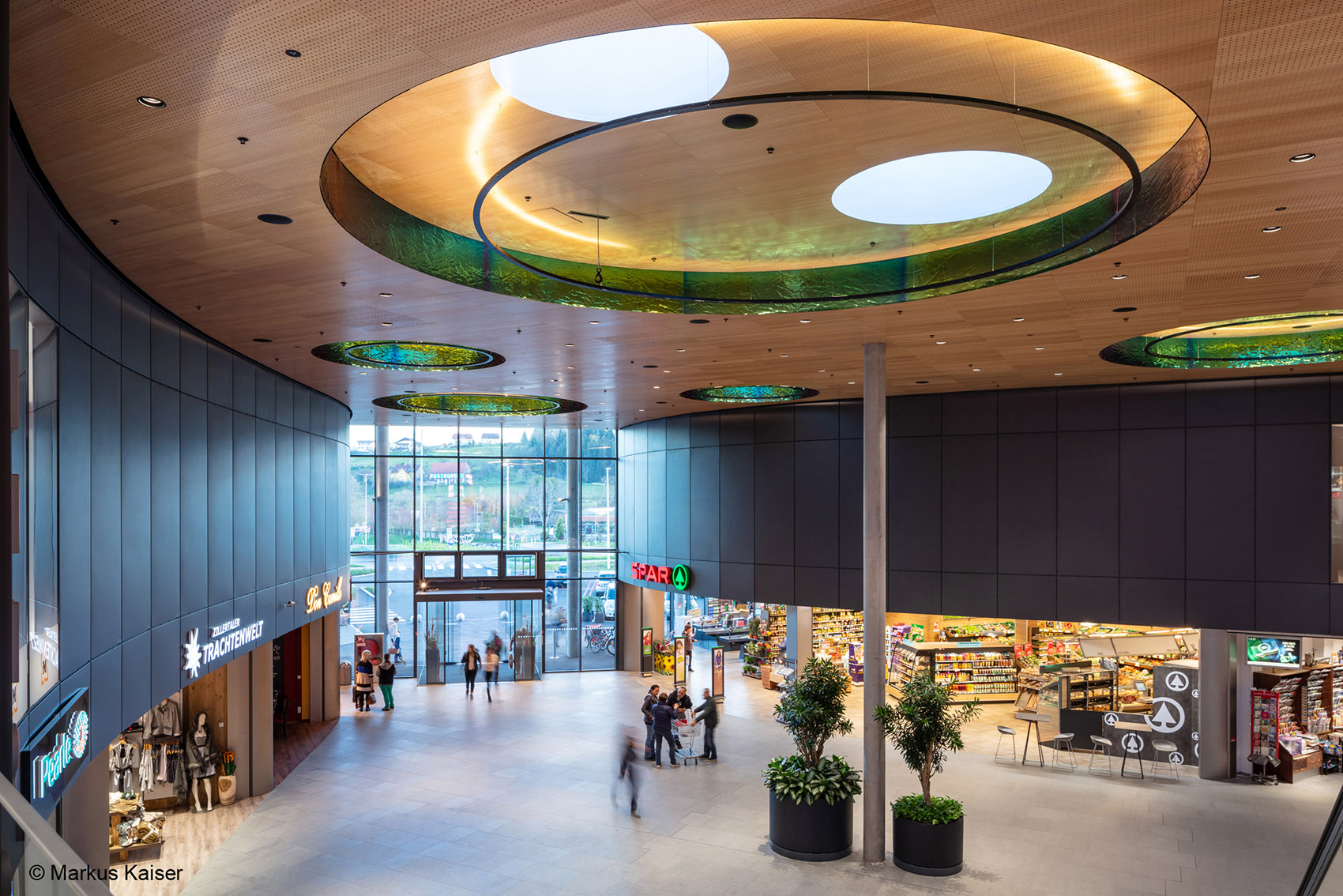

They formed especially in the estuaries of large rivers and in the island coasts.

The tidal flats developed after the Last glacial maximum, in an interplay of rivers depositing the sediments and their dispersal by tidal currents, wave action, and wind-induced currents. Marine macroalgae, 47 endemic and 5 endangered marine invertebrate species have been recorded in the protected areas. Furthermore, 375 species of benthic diatoms, 118 waterbirds, 857 macrobenthos, 152 There were 22 IUCN Red List species recorded as visitors, including the critically endangered spoon-billed sandpiper. Getbols support endangered species of migratory birds on their route across the Yellow Sea, as stopover sites on the East Asian–Australasian Flyway. There are also several species of suspension feeders, such as clams. They were listed under criterion (x), which covers sites that "contain the most important and significant natural habitats for in-situ conservation of biological diversity, including those containing threatened species of outstanding universal value from the point of view of science or conservation." Some of the species present in getbols include the mud octopus, Japanese mud crabs, fiddler crab, bristle worms, Stimpson's ghost crab, and Yellow Sea sand snail. The tidal flat area decreased from 685 km 2 in 1980 to a minimum of 515 km 2 in 2000, falling by 24.8 compared with 1980. Three sites are located on Korea's western coast while the Boseong-Suncheon Getbol is located on the southern coast. The area change of tidal flats in the external sand ridge region of the modern RSRs can be divided into two periods, the decrease was obvious in the period 19802000, and indicated a slight growth after 2000. Currently, the National Wetland Center of Korea is in the process of conducting detailed and basic investigations for the other estuaries as well.The four getbol sites that are listed are the Seocheon Getbol, Gochang Getbol, Shinan Getbol and Boseong-Suncheon Getbol. From 2004 to 2014, the Ministry of Environment completed a detailed investigation for 28 main estuaries (such as the Hangang estuary and Tamjingang) through the 1st Intensive Survey on Estuarine Ecosystems. These surveys have been effective in the designation of the estuaries as Ecosystem Conservation Areas or Wetland Protection Areas.

In response, Korea has been carrying out surveys of the current ecosystem status of national estuaries with high biological diversity and superior ecological functions. Although they are home to the highest productivity on the planet, their ecosystem is increasingly impaired due to various development ventures. The Nakdonggang tidal flat has a near-shore sand ridge due to the active inflow of sediment from the Nakdonggang River.Įstuaries are ecological transition zones where freshwater and seawater meet. The Suncheon-man and Yeoja-man tidal flats include vast coastal wetlands and a variety of vegetation. First Strike is granted to your creatures currently blocking non-Flyers when. The payment is made when the Tidal Flats effect resolves. The Gyeonggi-man tidal flat and the Taean tidal flat are mixed flats, where certain areas are composed largely of mud and sand. Each time, the opponent can pay to prevent giving first strike to a creature, but this payment only stops the current activation and not future activations of Tidal Flats. They can also be categorized according to geomorphological features as follows: open, which are strongly affected by tidal currents and waves estuarine, located along the coast with large rivers flowing into them and bay, which are rarely affected by waves due to their narrow mouths. Tidal flats are classified into mud flats, sand flats, or mixed flats, depending on surface sedimentary facies.


 0 kommentar(er)
0 kommentar(er)
